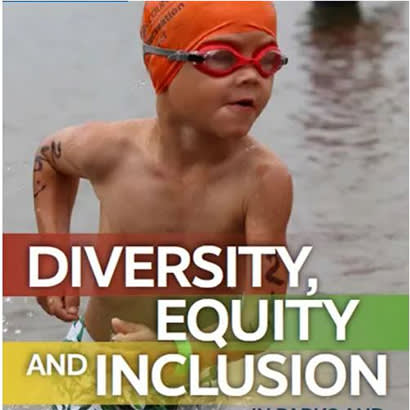
For an enhanced digital experience, read this story in the ezine.
Quality parks and recreation is essential to individual and community health, well-being and resilience. A challenge — and strength — within most communities is difference: in race, ethnicity, gender identity, religion, socioeconomic status, age, language, or physical or mental abilities and skills. Park and recreation professionals operate at the intersection of those differences.
In 2013, NRPA adopted Three Pillars: Health and Wellness, Equity, and Conservation. These three missions have moved the park and recreation field from communicating what we do to focusing on the impact we have. Today, NRPA centers equity in all its work. Conversations, learning opportunities and research are integral parts of NRPA’s focus.
The question is: What has been the impact of NRPA’s work so far? Recently, the NRPA Research team surveyed park and recreation leaders to understand better their agencies’ efforts surrounding diversity, equity and inclusion (DEI) practices. The study, a follow-up to a 2021 survey, took inventory of park and recreation agency DEI activities, the professional development opportunities provided to agency staff and volunteers, and the challenges organizations face in promoting DEI practices.
Park and recreation leaders agree that inequitable provision of park and recreation infrastructure, amenities and programming by race is a problem in the United States. Among survey respondents, 6 in 7 note that park and recreation inequity is a nationwide problem. Fifty-seven percent strongly agree that inequity is a national problem, with another 28 percent rating this issue a “4” on a five-point scale. This sentiment is consistent regardless of agency size or location.
However, the same park and recreation leaders are less likely to characterize access to park and recreation services and amenities as inequitable in their local communities. Just more than one-third of park and recreation leaders agree that park and recreation inequity is a problem in their communities, rating this as a “4” or “5” on a five-point scale. Twenty-eight percent of survey respondents disagree with the assertion that the delivery of park and recreation services and amenities is inequitable.
Regardless of how they view park and recreation inequity nationally or locally, many agencies are taking action to remove barriers. Forty-two percent of agencies currently have formal DEI programs, an eight-percentage-point increase from 2021. Another 22 percent of park and recreation leaders anticipate their agencies will establish formal DEI activities within the next year.
Rather than external third parties, staff lead most park and recreation agencies’ DEI activities, with agency leaders typically guiding the work. Among surveyed agency directors, 4 in 10 oversee their current (or will oversee any future) formal DEI activities. Nearly half of all agencies rely on key members of their management teams. These staff leaders fall within one of four major categories:
- Senior leadership
- HR/Administration
- Program staff
- Dedicated DEI/Equity staff
At 30 percent of agencies, a staff task force and/or subcommittee play an important role in DEI activities.
Almost every park and recreation agency has activities and policies promoting DEI outcomes. Most common are efforts that ensure a diverse, inclusive workforce. Seventy-four percent of survey respondents indicate that their agencies have instituted hiring practices and policies to promote a more diverse workforce. Slightly less than half (46 percent of survey respondents) of agencies have an expressed commitment to DEI in their foundational documents.
NRPA survey data of the U.S. public finds strong and broad support for equitable access to parks and recreation. So, what are the next steps to take to achieve this crucial goal? The answer starts with park and recreation leaders focusing on their ability to affect their communities.
Kevin Roth is Vice President of Research, Evaluation and Technology at NRPA.

